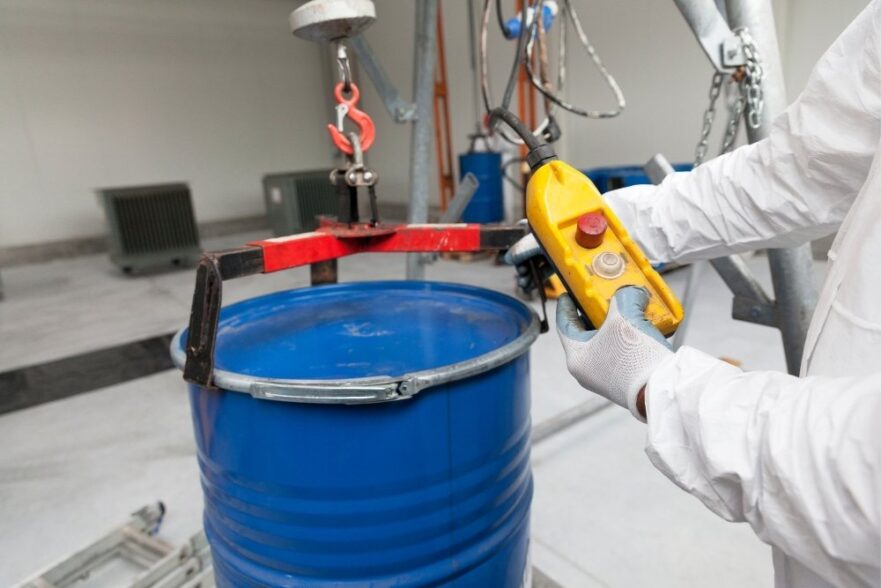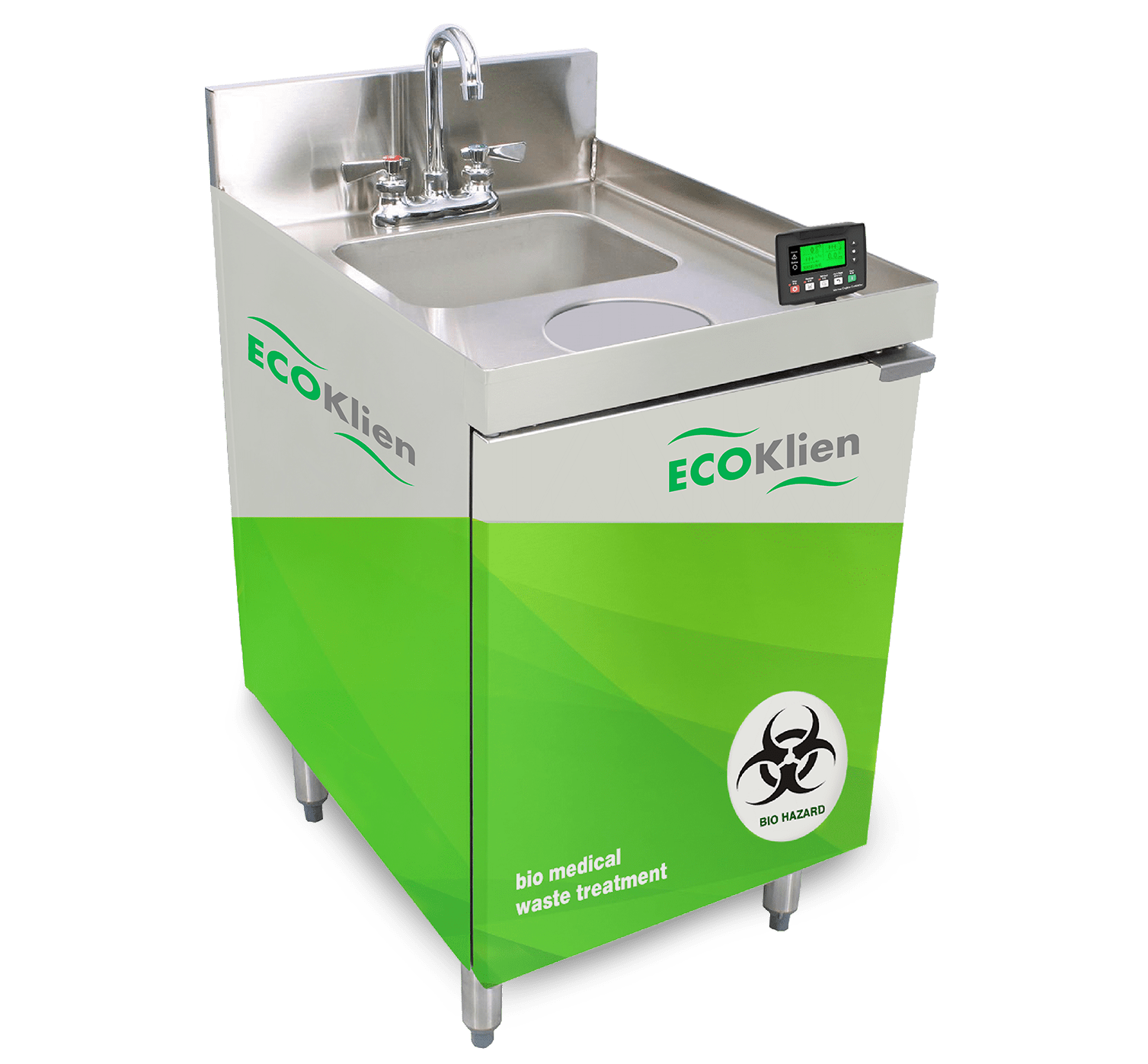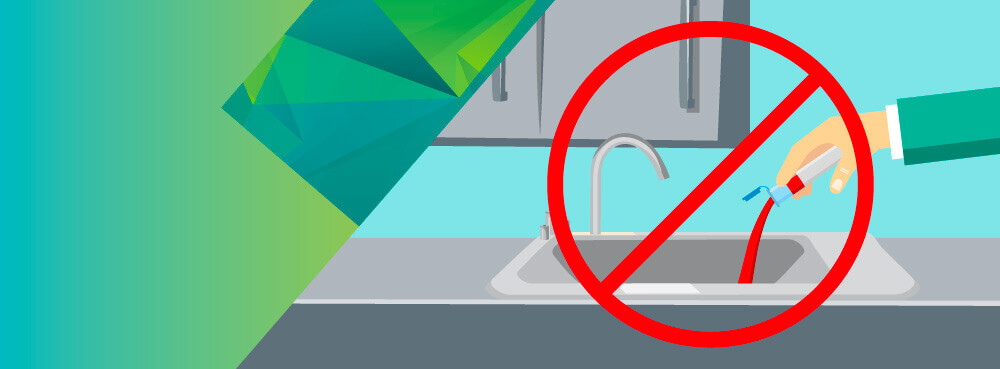Safe and Lasting Liquid Waste Disposal: Your Go-To Company
Safe and Lasting Liquid Waste Disposal: Your Go-To Company
Blog Article
Exactly How Liquid Waste Disposal Works: A Detailed Review of Strategies and Technologies Utilized

Overview of Liquid Waste Types
The intricacy of fluid waste kinds demands a thorough understanding of their qualities and implications for disposal. Liquid waste can broadly be classified right into numerous kinds, consisting of industrial, community, agricultural, and contaminated materials. Each category exhibits distinct properties, requiring specific monitoring approaches to minimize ecological and health and wellness risks.
Industrial fluid waste stems from producing processes and often contains an array of pollutants, such as heavy steels, solvents, and natural compounds. Municipal fluid waste, largely comprising wastewater from homes and industrial facilities, contains raw material, nutrients, and pathogens (industrial wastewater treatment). Agricultural liquid waste, consisting of drainage from farms, might have plant foods, pesticides, and animal waste, posturing dangers to water quality and communities
Hazardous fluid waste is characterized by its poisoning, sensitivity, or possible to create damage. This group includes materials like acids, bases, and certain chemicals that demand strict handling and disposal protocols. Recognizing these diverse fluid waste types is vital for developing effective disposal methods and guaranteeing conformity with environmental laws. Proper category and characterization are important for carrying out appropriate treatment strategies and reducing the damaging effect on public health and wellness and the setting.
Physical Therapy Approaches

Screening is the first action, where larger particles and particles are removed from the liquid waste making use of screens or grates. In sedimentation containers, heavier fragments work out at the base, forming a sludge layer, while the made clear liquid can be further dealt with.
Purification is one more vital method that entails passing the liquid through permeable materials, such as sand or membrane layers, to catch smaller sized bits. This step improves the quality of the fluid, making it suitable for succeeding treatment procedures.

Chemical Treatment Methods
Chemical treatment methods are important for properly managing fluid waste, particularly in attending to liquified and colloidal pollutants that physical approaches may not appropriately eliminate. These strategies utilize different chemical agents to reduce the effects of, speed up, or transform dangerous materials into less unsafe forms.
One typical approach is coagulation and flocculation, where chemicals such as alum or ferric chloride are included in promote the gathering of put on hold particles. This process boosts sedimentation, permitting simpler elimination of the resulting sludge. In addition, oxidation processes, employing agents like chlorine or ozone, are used to damage down complex organic compounds and microorganisms, providing the waste safer for discharge or further therapy.
Neutralization is an additional vital strategy, which readjusts the pH of acidic or alkaline waste streams to neutral levels, avoiding prospective injury to downstream systems and the setting. Furthermore, advanced oxidation processes (AOPs) make use of combinations of oxidants and ultraviolet light to deteriorate consistent contaminants, accomplishing a greater degree of therapy effectiveness.
Organic Treatment Processes
Biological treatment processes play a vital duty in the monitoring of fluid waste by making use of microbes to disintegrate natural issue and minimize impurity degrees. These processes can be extensively categorized into aerobic and anaerobic therapies, each using details microbial areas to attain reliable waste destruction.
Cardio treatment includes using oxygen to assist in the malfunction of organic materials by germs. This procedure is frequently carried out in triggered sludge systems, where oygenation containers supply a helpful setting for microbial growth, resulting in the oxidation of organic toxins. The resultant biomass can be divided from dealt with effluent through sedimentation.
On the other hand, anaerobic therapy occurs in the absence of oxygen, relying upon various bacteria to break down raw material. This approach is particularly advantageous for high-strength waste, as it creates biogas, a renewable resource resource, while lowering sludge production. Technologies such as anaerobic digesters are regularly employed in industrial and municipal applications.
Both cardio and anaerobic biological treatments not just reduce the environmental effect of fluid waste try here however also facilitate resource recovery, making them essential elements of sustainable waste management strategies. Their effectiveness, flexibility, and performance sustain their widespread implementation throughout different industries.
Arising Technologies in Disposal
Cutting-edge methods to fluid waste disposal are swiftly advancing, driven by developments in technology and an increasing focus on sustainability. Among these emerging technologies, membrane bioreactors (MBRs) have actually acquired grip for their capacity to incorporate organic treatment with membrane filtration, resulting in premium effluent that can be recycled in various applications. MBRs make it possible for smaller sized footprints and more reliable operations contrasted to conventional systems.
Another encouraging advancement is making use of anaerobic digestion incorporated with nutrient recovery innovations, which not just deals with liquid waste however additionally produces biogas and recovers valuable nutrients like nitrogen and phosphorus. This dual benefit enhances source performance and decreases environmental influence.
Additionally, advanced oxidation procedures (AOPs) are being adopted for the degradation of complex organic contaminants. These approaches use effective oxidants and drivers to damage down impurities at the molecular level, supplying an extremely effective solution for tough waste this hyperlink streams.
Moreover, the combination of expert system and artificial intelligence in waste management systems is maximizing functional effectiveness and anticipating maintenance, leading to reduced prices and enhanced environmental compliance. These innovations reflect a significant change in the direction of more effective and lasting liquid garbage disposal techniques.
Final Thought
In verdict, reliable fluid waste disposal demands a comprehensive understanding of various methods and modern technologies. By constantly progressing these methods, it becomes possible to deal with the growing difficulties connected with fluid waste, inevitably adding to ecological defense and source recovery.
Liquid waste disposal is a critical aspect of ecological administration, needing a detailed understanding of numerous strategies and innovations tailored to various waste types. Fluid waste can broadly be categorized into a number of types, including industrial, community, farming, and unsafe waste. Agricultural liquid waste, including runoff from ranches, might contain fertilizers, pesticides, and animal her latest blog waste, posing risks to water top quality and ecosystems.
Different physical treatment methods play a crucial function in managing fluid waste effectively - industrial wastewater treatment.In verdict, efficient liquid waste disposal requires a detailed understanding of numerous strategies and innovations
Report this page